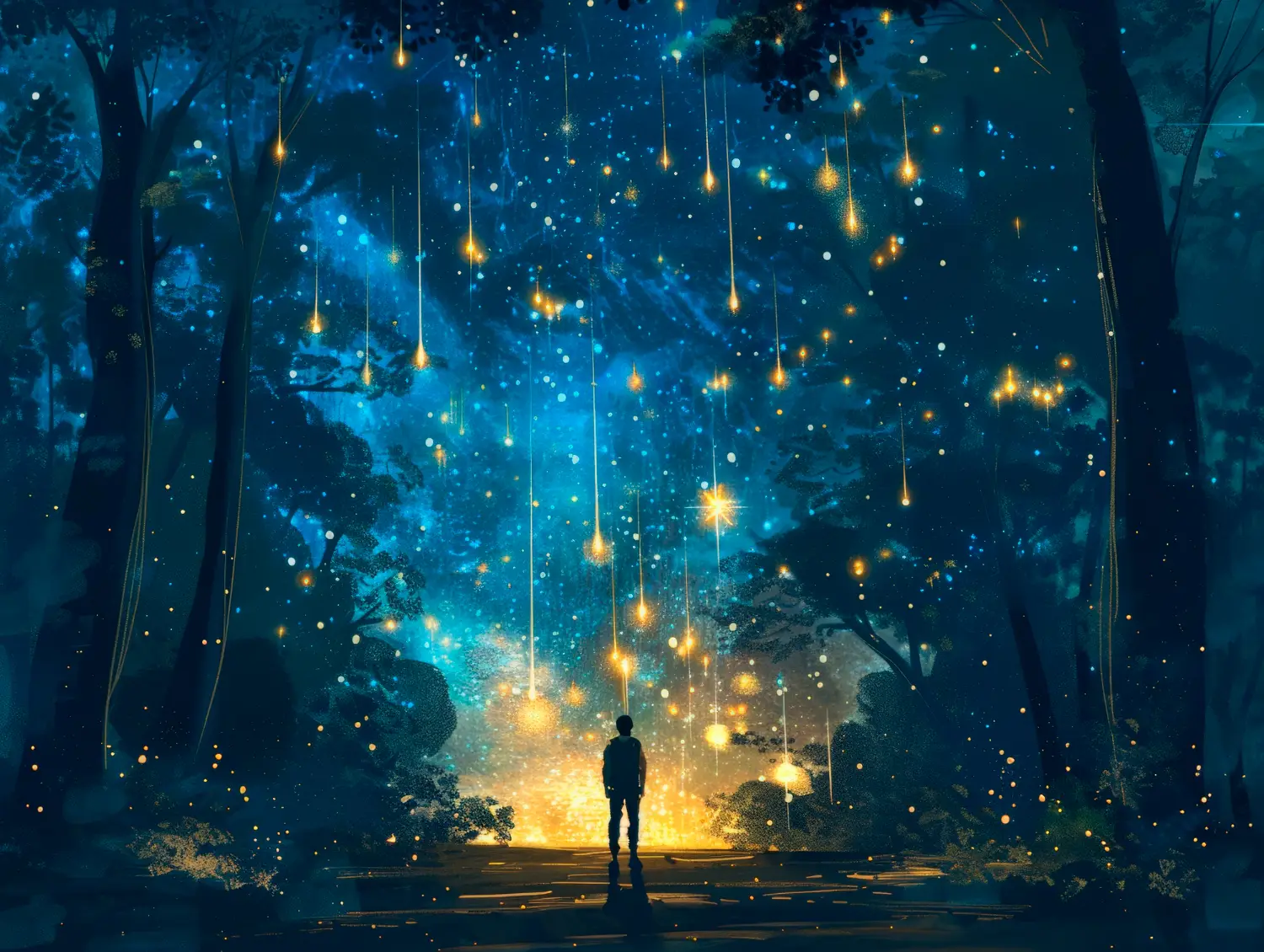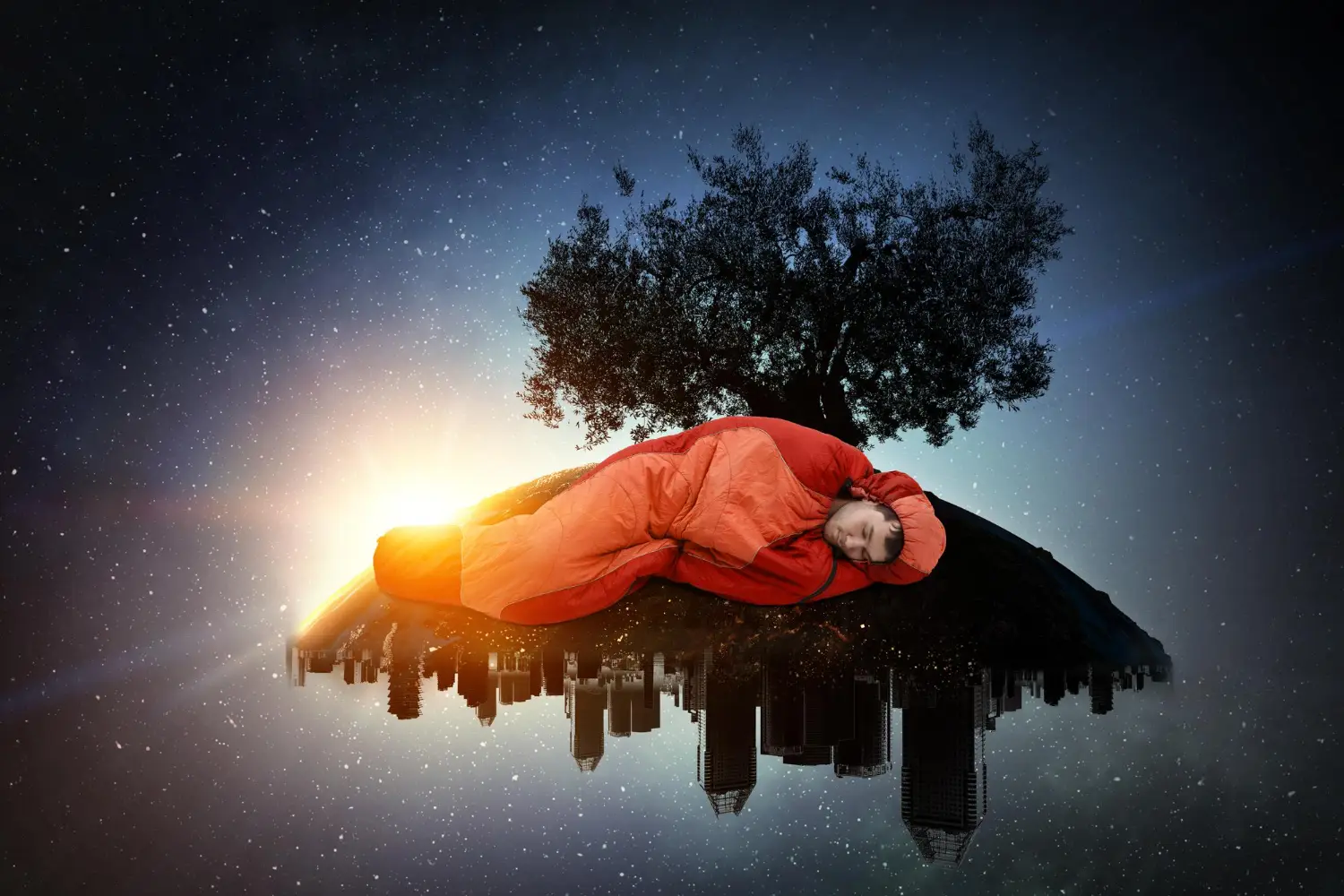Carl Jung, one of the most influential figures in modern psychology, introduced revolutionary ideas about the human mind, including the concept of the collective unconscious and archetypes. While Freud’s dream analysis focused on personal desires and suppressed emotions, Jung expanded the understanding of dreams to encompass symbols shared across cultures and time. These universal symbols, or archetypes, reflect common patterns in human experience, often appearing in dreams to provide insights into our unconscious minds. This article delves into Jung’s idea of archetypes, how they manifest in dreams, and how we can decode them to understand our inner world.
What are Jungian Archetypes?
Jungian archetypes are universal symbols that exist within the collective unconscious—a deep layer of the psyche that is shared among all humans. Unlike the personal unconscious, which is shaped by individual experiences, the collective unconscious contains patterns, symbols, and motifs that transcend personal history. These archetypes are fundamental to the way humans experience life and are embedded in myths, legends, and dreams.
Although Jung recognised four main archetypes, he also thought that there could be an infinite number of them. These archetypes’ existence can be determined from literature, art, dreams, and religion—all of which can be directly observed.
Jung’s four major archetypes are:
- The Self: The archetype representing unity and the integration of the conscious and unconscious mind.
- The Shadow: The darker, hidden aspects of our personality.
- The Anima/Animus: The feminine qualities in men (Anima) and masculine qualities in women (Animus).
- The Persona: The social mask we wear in public, shaped by societal expectations.
These archetypes are not literal figures but symbolic representations of psychological forces within us, often showing up in dreams in symbolic or disguised forms.
How Do Archetypes Manifest in Dreams?
Archetypes are not static symbols; they take on various forms and images in dreams, often appearing as characters, animals, or situations that carry a deeper meaning. For instance, an archetype might appear as a wise old man, a mysterious figure, or an unfamiliar landscape. Understanding archetypes involves interpreting these dream symbols and linking them to universal human experiences.
For example, dreams involving the Shadow often reveal aspects of ourselves that we deny or reject. The Anima/Animus might show up in the form of a romantic partner or guide, representing qualities we need to integrate. Meanwhile, the Self often manifests in symbols of wholeness, such as mandalas, circles, or wise figures, guiding us towards self-realisation and inner balance.
Key Archetypes in Jungian Dream Analysis
1. The Shadow
The Shadow archetype represents the hidden, suppressed parts of ourselves—the traits or desires we find unacceptable or dangerous. In dreams, the shadow might take on frightening or unfamiliar forms, often appearing as a pursuer, a monster, or a mysterious figure. These figures are usually manifestations of repressed emotions like anger, fear, or envy.
- Dream Example: A person dreams they are being chased through a dark alley by a shadowy figure. Despite trying to escape, the figure gets closer, filling the dreamer with fear.
- Interpretation: The shadowy figure represents the dreamer’s repressed emotions or unresolved conflicts. The dream is urging the dreamer to confront these aspects of their personality instead of avoiding them.
2. The Anima/Animus
Jung believed that each person possesses both masculine and feminine qualities. In men, the Anima represents their feminine side, embodying qualities like emotion, intuition, and creativity. In women, the Animus represents their masculine side, symbolising assertiveness, logic, and action. Dreams involving the Anima/Animus often indicate a need to balance these qualities within oneself.
- Dream Example: A man dreams of a mysterious woman guiding him through a forest. He initially resists her advice but later realises she holds the key to his escape.
- Interpretation: The woman is the Anima, symbolising the dreamer’s need to embrace more emotional and intuitive qualities to navigate a challenging situation in his waking life.
3. The Self
The Self is the most important archetype in Jungian psychology, representing the integration of all aspects of the psyche—both conscious and unconscious. It symbolises wholeness and balance. In dreams, the self often appears as symbols of unity, such as mandalas, circles, or wise, guiding figures.
- Dream Example: A woman dreams of standing in the centre of a circle surrounded by glowing light. She feels an overwhelming sense of peace and harmony.
- Interpretation: The circle is a mandala, a symbol of the self. The dream reflects the dreamer’s process of individuation—her journey towards psychological wholeness and self-acceptance.
Jung’s Perspective on Symbolism
Jung believed that the language of the unconscious mind is symbolic. Unlike the conscious mind, which uses logic and reason, the unconscious communicates through images and symbols that are often metaphorical. Therefore, when interpreting dreams, it is crucial to look beyond the surface of the dream and examine its deeper, symbolic meaning.
Jung emphasised that dream symbols should not be interpreted in a one-size-fits-all manner. While some symbols, such as the mandala or shadow, have universal meanings, their interpretation must always take into account the dreamer’s personal context. The same symbol might have a different meaning for different individuals depending on their life experiences and current psychological state.
For example, dreaming of water might represent the unconscious mind, but for someone who has recently experienced a traumatic event involving water, the symbol might carry more specific personal significance.
A Guide to Decoding Archetypes in Personal Dreams
To decode archetypal symbols in your own dreams, consider the following steps:
Are there images or themes that frequently appear in your dreams? These might be manifestations of archetypes, signalling recurring psychological patterns or unresolved issues. Finding recurrent symbols is the first thing you must do.
Then consider the emotions. How do you feel during the dream? The emotions associated with certain symbols can provide clues about their deeper meaning.
Are there connections between your dreams and your waking life? For example, are you avoiding something in your daily life that keeps reappearing in your dreams? Check if there are patterns.
Moving on to the next step, you can find out the reflection on the archetypes, like encountering the Shadow, Anima/Animus, or Self in your dreams. Reflecting on these figures can provide insights into areas of your life where you might need more balance or self-awareness.
While archetypes are universal, seeking personal meaning is significant in your dreams because your dreams are unique to you. Consider how the dream symbol relates to your personal experiences and psychological growth.
Conclusion
Jung’s theory of archetypes offers a powerful framework for interpreting dreams and understanding the unconscious mind. By recognising these universal symbols and their deeper meanings, we can gain valuable insights into our own psyche, work through unresolved conflicts, and move towards greater self-awareness and individuation. Whether encountering the Shadow, Anima/Animus, or Self, our dreams are rich with messages from the unconscious, waiting to be decoded for personal growth.



